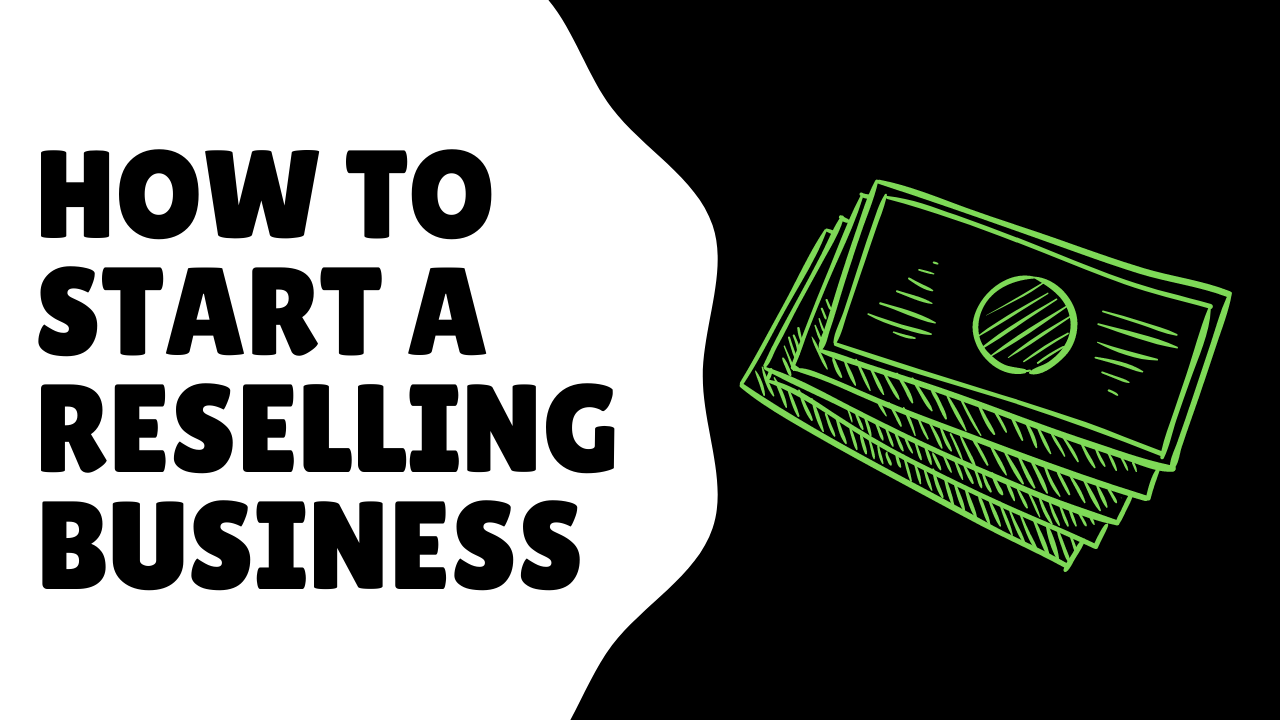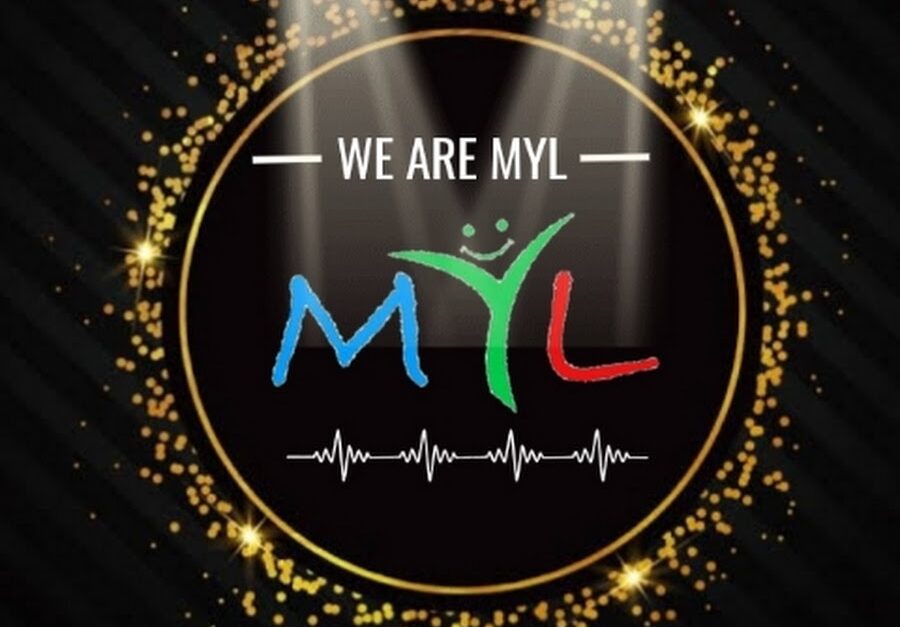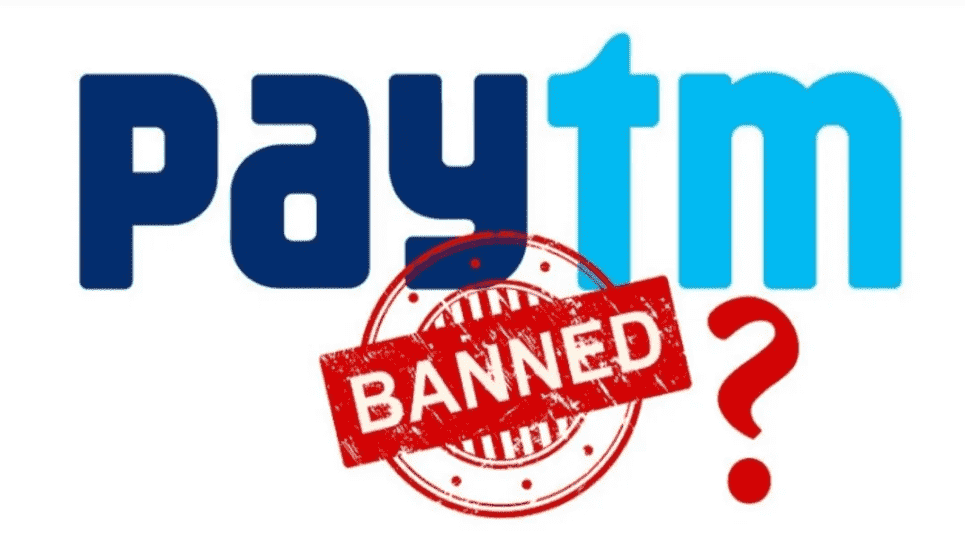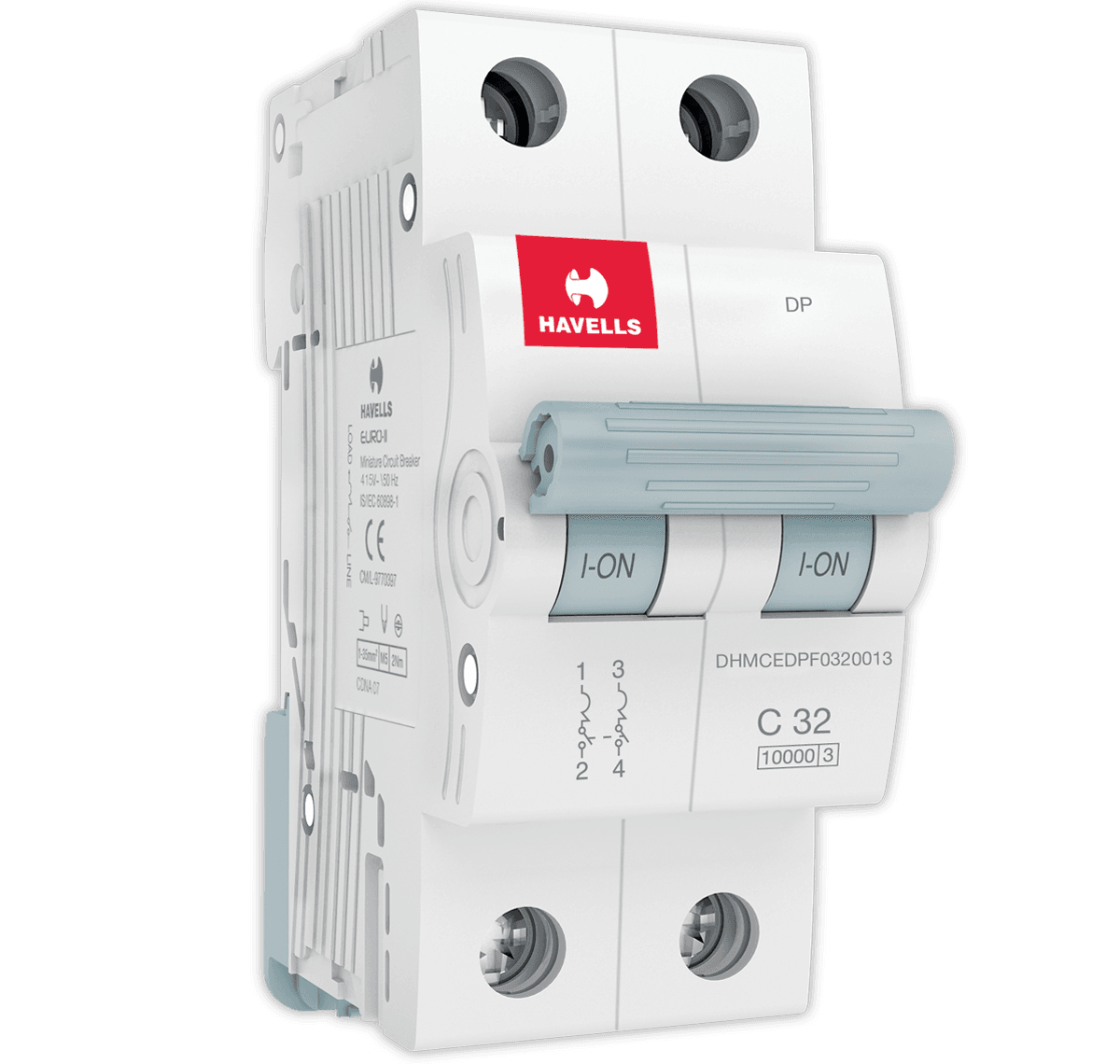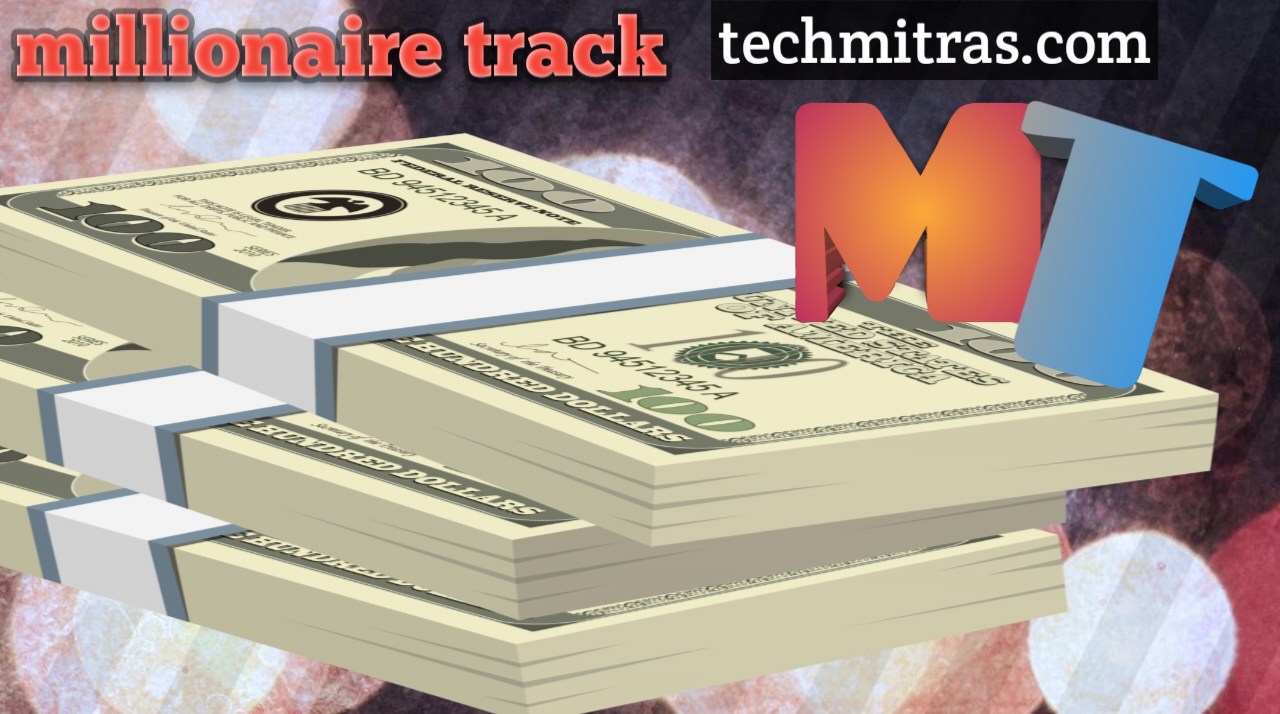Treasure NFT
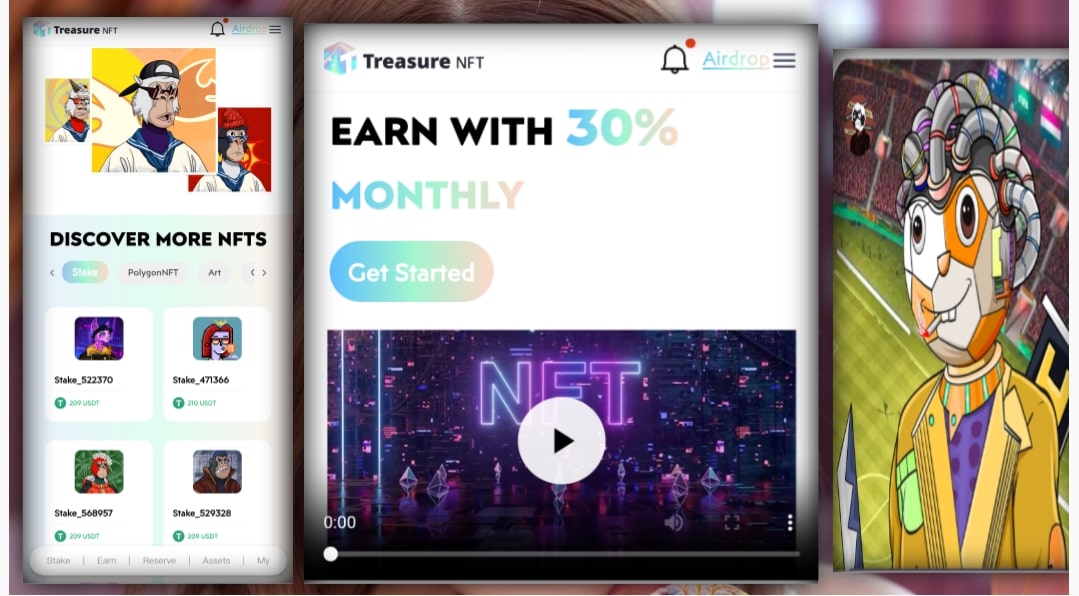
Is Treasure NFT Real or Fake
In recent years, the digital asset industry has grown rapidly, with Non-Fungible Tokens (NFTs) becoming one of the most popular trends. These unique digital items, often associated with art, music, or virtual goods, are bought and sold on blockchain platforms. As interest in NFTs continues to rise, many wonder: Are NFTs like Treasure NFTs genuine or fraudulent? This guide explores the authenticity of Treasure NFTs and offers tips to identify legitimate assets in this evolving digital space.
- What is a Treasure NFT?
- How to Identify Real or Fake Treasure NFTs
- Check the Source and Creator
- Verify on the Blockchain
- Look for Red Flags
- Check for Community Engagement
- Review Feedback and Reviews
- Why Do Fake Treasure NFTs Exist?
- Common Types of Fake Treasure NFTs
- Tips to Avoid Fake Treasure NFTs
- Conclusion
What is a Treasure NFT?
Before determining whether Treasure NFTs are real or fake, it is essential to understand what they are. A Treasure NFT is a type of collectible digital asset often linked to virtual treasures, such as:
- Rare in-game items
- Exclusive artwork
- Limited-edition content
These NFTs are usually minted on blockchain networks like Ethereum or Solana, providing secure proof of ownership. Some Treasure NFTs also offer additional perks, such as access to private communities or unique rewards, making them more appealing to collectors and investors.
How to Identify Real or Fake Treasure NFTs
With the growing popularity of NFTs, scams and fraudulent projects have also increased. Here are some key steps to determine the authenticity of a Treasure NFT:
1. Check the Source and Creator
Legitimate NFTs are typically associated with credible artists, brands, or organizations. To verify a Treasure NFT:
- Research the creator’s background.
- Look for verified profiles or a strong online presence.
- Avoid projects lacking transparency or a clear history.
2. Verify on the Blockchain
The blockchain is a reliable way to confirm the legitimacy of an NFT. Use platforms like OpenSea or Rarible to:
- Check the NFT’s transaction history.
- Review its creation date, previous owners, and minting details.
If the NFT’s origins cannot be traced or there are gaps in its records, it may be a scam.
3. Look for Red Flags
Be cautious of NFTs with the following warning signs:
- Unrealistic promises, such as guaranteed profits.
- Low-quality artwork or stolen assets.
- No clear roadmap or project goals.
- Anonymous creators or suspicious profiles.
4. Check for Community Engagement
A genuine NFT project often has an active and engaged community. Before purchasing a Treasure NFT:
- Visit the project’s social media platforms (e.g., Twitter, Discord, or Telegram).
- Observe interactions, updates, and discussions.
- Avoid projects with little to no community presence.
5. Review Feedback and Reviews
Search for reviews or feedback from other NFT buyers. Verified sources or credible forums can provide insights into a project’s authenticity. A lack of reviews or frequent complaints can indicate potential fraud.
Why Do Fake Treasure NFTs Exist?
Fraudulent Treasure NFTs are often created to deceive inexperienced collectors or investors. Scammers use enticing offers, well-designed websites, or familiar branding to lure victims. Once purchased, these NFTs may hold no real value.
Common Types of Fake Treasure NFTs
- Copycat NFTs: Counterfeit versions of legitimate NFTs using stolen artwork or content.
- Pump-and-Dump Schemes: Fake projects that inflate prices, sell to unsuspecting buyers, and abandon the project.
- Phishing Scams: Fraudulent websites or links that trick users into sharing wallet credentials or private keys.
Tips to Avoid Fake Treasure NFTs
To protect yourself from fake Treasure NFTs, follow these best practices:
- Conduct thorough research before making a purchase.
- Buy from reputable NFT marketplaces with robust verification systems.
- Use secure wallets and keep your private keys safe.
- Avoid impulsive decisions based on hype or urgency.
Conclusion
Treasure NFTs, like other digital assets, are not inherently real or fake. Their authenticity depends on the source, creator, and platform involved. By conducting proper research, verifying ownership through blockchain records, and staying vigilant for red flags, you can make informed decisions and avoid scams.
As the NFT market continues to grow, remain cautious, stay informed, and seek advice from trusted sources before investing. By doing so, you can navigate the digital asset landscape confidently and securely.

